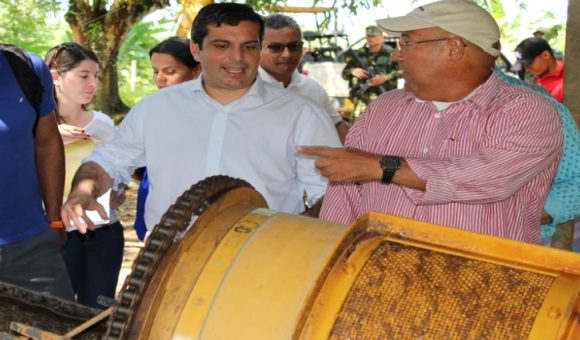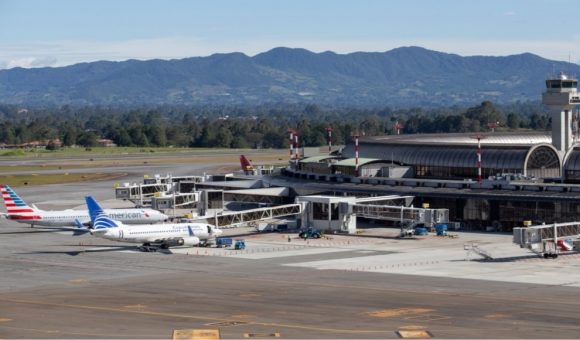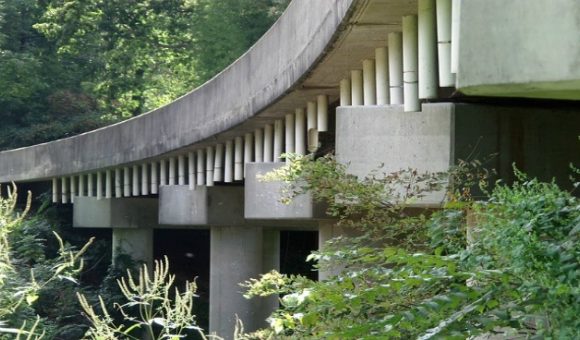Foreign Investment in Medellin Tops US$1.63 Billion, Continues to Grow: ACI

In a June 7 forum organized by Agencia de Cooperación e Inversión de Medellín y el Área Metropolitana (ACI Medellin), ACI director Sergio Escobar revealed that Medellin and its metro area so far have attracted US$1.63 billion in private foreign direct investment (FDI) over the 15-years of ACI’s existence.
At the forum, Ambassadors to Colombia from France, Italy, Israel, Brazil and Peru as well as trade-and-commerce representatives from the U.S., UK, Japan, Spain and Canada along with private investors from 24 nations heard presentations from Medellin Mayor Federico Gutierrez and other leading trade-and-investment experts.
Last year alone, Medellin attracted US$211.6 million in FDI along with another US$5.8 million in cooperative grants or loans aimed at promoting economic development, education, health and environmental protection, according to ACI’s Escobar.
The U.S. is the number-one investor in Colombia, followed by the UK and Spain, Procolombia president Felipe Jaramillo added in a separate presentation here.
While a pending “peace” deal with the narco-terrorist FARC organization seems to be making progress, Colombia also would benefit from joining the Organization for Economic Cooperation and Development (OECD), Jaramillo said. So far, 21 of the 23 committees overseeing Colombia’s application for OECD membership have given their nods, with the remaining two likely to give the final stamps-of-approval in the next few months, he added.
On a related front, the United Nations Conference on Trade and Development (UNCTAD) released a report June 7 showing that Colombia was the only major country in Latin America that achieved an actual increase in FDI in 2016 — hitting US$14 billion — whereas FDI in Brazil, Mexico, Chile and Peru and Venezuela actually saw FDI shrink.
“We were considered a ‘closed’ city 15 years ago,” ACI’s Escobar said in his presentation here. However, thanks to Medellin’s remarkable turnaround in reducing crime, a growing reputation for social innovation, plus aggressive recruiting efforts by ACI, Medellin’s political and business leaders, and the Procolombia trade-and-investment agency, the picture has dramatically improved.
“We were the most violent city in the world in 1991,” Mayor Gutierrez pointed out in his presentation. “We had to reinvent ourselves.”
Medellin’s murder rate per 100,000 residents hit an astronomical 370 in 1991. But since then, aggressive measures in social investment, crime control, infrastructure development and economic investment have helped to bring the murder rate down to 18.9 per 100,000, well-below scores of other major global cities, he showed.
One of Medellin’s most popular landmarks for “narco-tourism” – the long-abandoned Edificio Monaco developed by the late drug lord Pablo Escobar – will be demolished and replaced by a park honoring victims of narco-terrorism, Gutierrez announced here to loud applause.
Meanwhile, Medellin’s public-school educational system continues to improve, with 88% of those schools improving their test-of-knowledge (“saber”) scores last year, he said.
In addition, local business leaders are communicating to school and government leaders here on their specific needs for skill development for tomorrow’s jobs, he said. As a result, Medellin will be offering more than 10,000 special scholarship grants for these growing, high-demand careers, he said.
Of the more-than 92,000 commercial companies in Medellin today, 19% of these companies are industrial, Gutierrez said. In total, of the more-than 1 million jobs in Medellin, about 190,000 are industrial jobs, he added.
Medellin and Antioquia’s well-known reputation for business “push” and work-ethic were among key factors for Renault’s decision to build its automotive assembly plant in the neighboring suburb of Envigado some 50 years ago, Renault-Colombia government relations director Pablo Urrego added here.
With more than 50 years experience building cars here, Renault since has risen to become Colombia’s biggest vehicle exporter, accounting for 40% of total output, Urrego said.
The “paisas” (the people of Antioquia) “have an enormous capacity for innovation,” he said. “You can see it here, not just in business but in social projects. There is civic pride here in institutions and in companies. We have strong institutional support — and very low turnover [in employees].
“But infrastructures [especially highway, rail and ports] haven’t grown as fast as the business” — with the result that freight transport in Colombia and Antioquia is too expensive. In addition, “the absence of a national industrial policy complicates our investment outlook,” Urrego cautioned.
Similarly, France-based cosmetics and food-additives manufacturer Mane decided to invest in Medellin 17 years ago mainly because of the area’s favorable “human factors” — even “despite all the problems,” Mane general manager Alejandro Henao said here.
“It’s relatively easy to do business in Medellin — and the local Chamber of Commerce helps a lot” in navigating the process of licenses and approvals, he added.
Because of continuing favorable economic growth, middle-class growth and rising demand here, “we have increased our production capacity here.”
However, Medellin and Antioquia need to ensure the completion of major highway and port development projects including the “Mar 1” and “Mar 2” highways to new ports on the Atlantic. More efforts also are needed to slash the growth of air pollution in the Uraba Valley where Medellin sits, he added. Declining air quality could hobble or even stop investment growth here, Henao warned.
On a related front, France-based Poma – designer, maker and installer of zero-emissions aerial tram (cable car) systems – similarly decided to bet heavily on Medellin despite its historic problems.
As a result, the world’s first public-transit aerial-tram system debuted here in 2002 — and continues to expand in more neighborhoods, as noted by Poma Colombia director Frederic Demoulin. “We’re proud pioneers — and history shows this has been a winning bet,” with Poma now expanding its pioneering public aerial-tram systems to Ecuador, Brazil and France, he added.
















